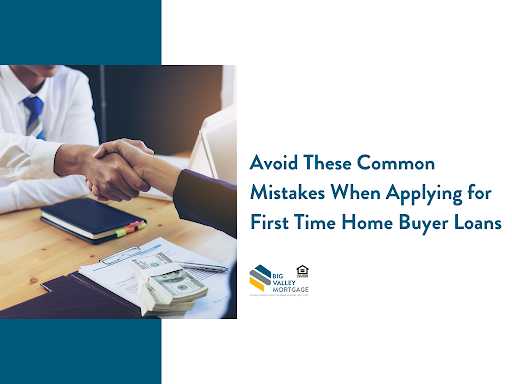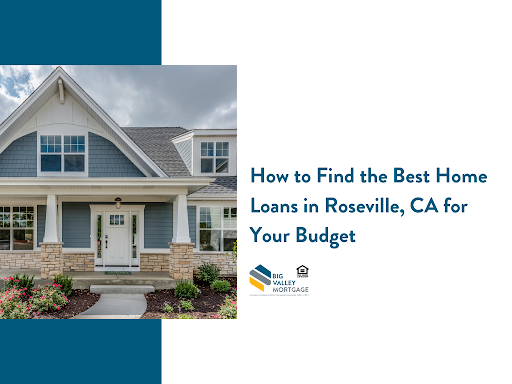
If you’re in the market for a brand-new home, you’ve got a ton of options. Sales of new homes surged to an eight-year high in 2015, according to data from the U.S. Department of Housing and Urban Development and the U.S. Census Bureau, and single-family production is estimated to reach 840,000 units in 2016, an 18 percent increase over 2015, according to the National Association of Home Builders (NAHB).
Unfortunately for home buyers, new residential construction is coming at a steeper price: Last year the average price of a new home jumped to $351,000, up to $100,000 from 2009, reports the NAHB.
Nonetheless, there are still ways you can save when buying a new home. It’s like shopping for a new car: You need the right strategy to nab the best deal.
Ask prospective builders these six questions in order to find the right home at the right price.
6 Questions to Ask
“What financial incentives do you offer for using your preferred lender and title company?”
The bad news: Production builders are often reluctant to set a precedent for negotiating sales prices. (Custom builders tend to be more flexible.)
“If a new home is listed for $370,000 and it sells for $360,000, the next buyer in the development is going to want to pay that lower amount,” says Craig Reger, a real estate broker at Keller Williams Realty in Portland, OR. However, many offer handsome incentives to buyers who use their preferred lender and title company.
Some may even knock off up to $10,000 in closing costs, says Peggy Yee, a supervising broker at Frankly Real Estate in Vienna, VA. Others will sweeten the deal by negotiating prices on finishes, such as upgrading carpet to hardwood floors.
You should still shop around and get quotes from at least two other lenders before making your decision. But don’t just pay attention to the interest rates. “You need to compare each loan estimate’s terms to make sure you’re getting an apples-to-apples comparison,” says Chris Dossman, a real estate agent with Century 21 Scheetz in Indianapolis.
“Which are the standard finishes?”
When you tour a development’s model home, keep in mind that you’re previewing a high-end version of the standard home. “The model has all the bells and whistles,” says Dossman. Therefore, you need to find out from the builder which options are standard, which options are upgrades, and what each upgrade costs.
One way to cut costs: Move into the home without an upgrade, then hire a contractor to do the work. “Builders charge a huge markup on certain finishes and products,” says Reger. “The builder might charge $4,000 to $6,000 for a high-performance air conditioner, but you may be able to get another company to install that same unit for as low as $2,500.”
Granted, opting for the latter means you’ll probably need to pay the contractor in cash. “For some people, the benefit of paying the builder to do upgrades is that they can roll the costs into their loan amount,” Reger points out.
“What are your long-term plans for the community?”
Depending on the size of the land, the builder might be planning several subdivisions. This could impact your decision to buy.
For example, let’s assume that only a few homes have been built and sold. If the developer plans to construct an additional 50 homes and you’re one of the first people to move into the neighborhood, you may have to deal with loud construction crews for several months.
There’s also the risk that the builder loses funding and another company takes over the development. Dossman advises proceeding with caution: “If the builder changes and a lower-quality builder takes over, that could affect the value of your home.”
“What are the homeowners association rules and regulations?”
Each homeowners association (HOA) has its own Declaration of Covenants, Conditions, and Restrictions (CC&Rs) and bylaws. Get these from the builder and review them carefully.
“I’ve seen HOAs that don’t allow storage sheds in the backyard, solar panels, or private fences,” says Reger.
In most cases, the HOA can assess a homeowner’s penalties for infractions, and some associations are more restrictive than others.
Also, look into when you’re required to start paying HOA dues. Many builders cover the costs until at least 50 percent of the homes in the development are sold, says Yee.
“What warranties do you provide?”
Most builders offer a one-year workmanship warranty and a 10-year structural warranty, says Reger. Make sure the warranties you receive explicitly state what is and isn’t covered, and what the limitations are for damages.
You should also receive the manufacturer’s warranties on the washer and dryer, hot water heater, air conditioner, kitchen appliances, and roof.
“Can you connect me with some of your past clients?”
Always check references when vetting home builders, says Dossman. Ask past clients questions such as, “How responsive was the developer when you expressed concerns?” and “Would you use the builder again?”
Caveat: Most builders will only provide glowing references, so you should still scout out some past customers on your own. You can find these people through reviews on Angie’s List, or knock on doors of homes in the neighborhood that have already been built.
*The views, articles, postings, and information listed at this website are personal and do not necessarily represent the opinion or the position of Big Valley Mortgage.*












